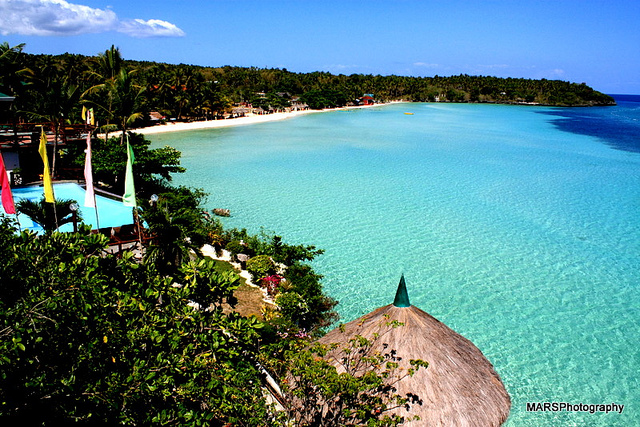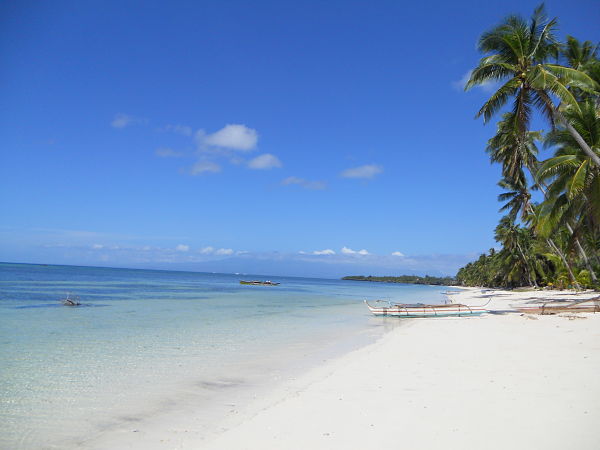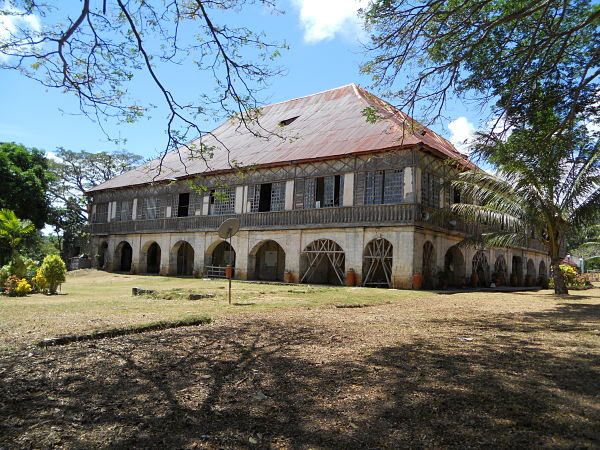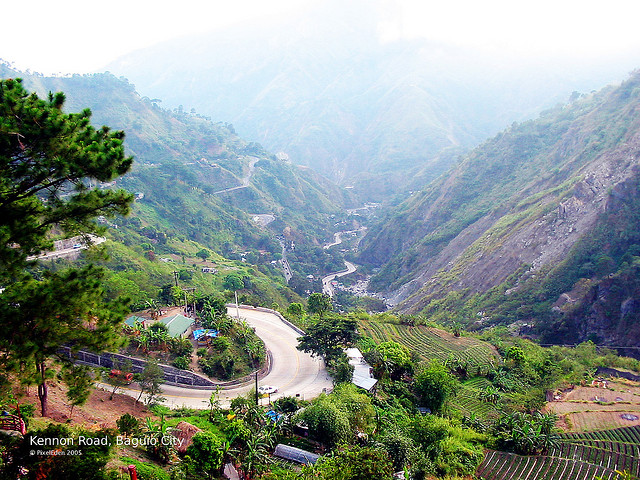In keeping with the Department of Tourism’s logo, shopping is more fun in the Philippines. It’s here where you can find an original and in good condition Victoria’s Secret bikinis for less than a dollar, or The North Face shirt for a dollar and a quarter. Of course, you don’t get it for that ridiculously low amount in a sparkling name-brand shop; you wait for someone from abroad to discard it or donate it to charities who offer relief services to the Third World. Then you dive for it in the bottom of the pile along with hundreds of other eager shoppers wanting to score a great bargain.
“Ukay-ukay”, which both refers to the open-air rummage sale area and the used or second-hand items sold in such a setup, is increasingly the common Filipinos’ shopping mecca alongside Chinese and Korean one-stop-shops that sell knockoff and low-quality items at unbelievably low prices.
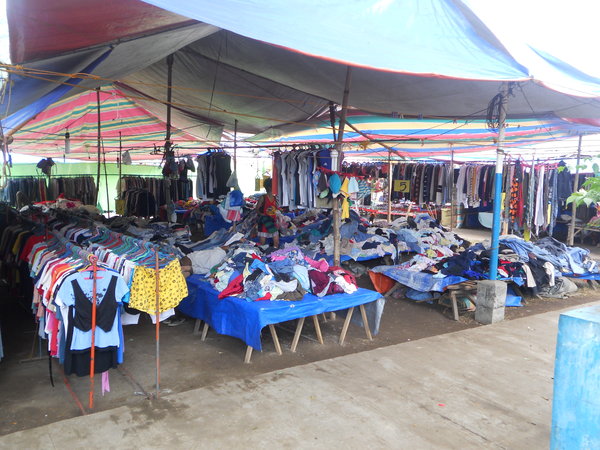
Given the soaring prices of ready-to-wear and off-the-shelf items – to say nothing of name-brands whose prices balloon to 40 times the U.S. dollar – and wage rates not keeping up with inflation, one can easily come to the conclusion that between an expensive and brand new clothing or item (or a knockoff) and an original piece that is several times cheaper and lasts way longer, the money-sensible consumer would fall for the latter, regardless of the fact that items sold as such may contain a mountain of bacteria and other types of pathogen.
The fact that items sold in “ukay-ukay” – clothes, bags, shoes, underwear, sports wear, beach wear and evening gowns – are largely considered bootlegged or illegal has not escaped the consciousness of the Filipino shopper. But since raids are next to non-existent – at least in places outside of the capital, Metro Manila – and even government employees help themselves to such a smorgasbord of shopping delight, what can the Bureau of Customs really do?
“Ukay-ukay” has long been entrenched in the Philippine shopping scene, with its early start in Baguio City and during difficult times when the Philippines received loads of relief goods from the United States and other wealthy countries in response to a natural disaster, crisis or emergency – hence, the early Bisaya term “relip” for such goods. Now, these relief goods intended for charity are a very booming business, with entire market spaces often devoted for the sale of these items and these items alone. Even local farmers’ markets have not escaped the deluge of relief and second-hand goods – alongside piles of banana and squash and okra and dried fish can be smelled the acrid assault to the noses of treated used clothing opened for the first time.
But all pathogenic and legal concerns aside, diving for that pair of New Balance running shoes for only $5 when it sells more than $75 in the name-brand sports shop can be an experience unto itself; finding a barely-used bikini top by Victoria’s Secret selling for $50 and here selling for less than $1 can be a treasure-hunting of sorts. Sure, you don’t help shore up the local economy by buying second-hand, but who can blame you when your wages are even barely enough to buy rice and fish?
Photos by Lester Anthony Lope
